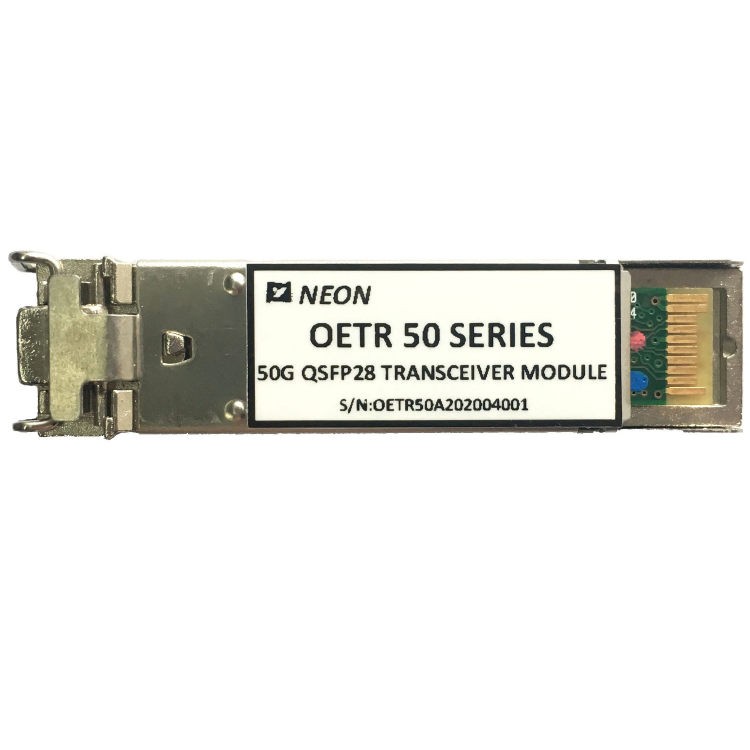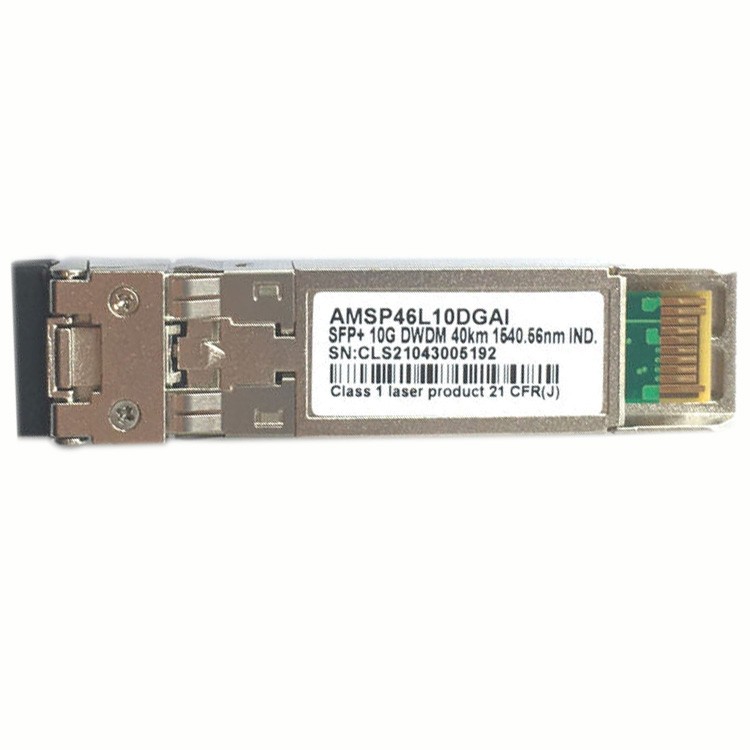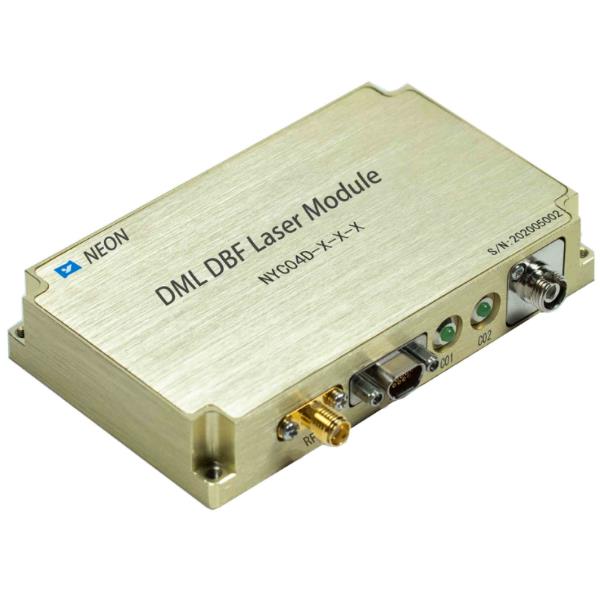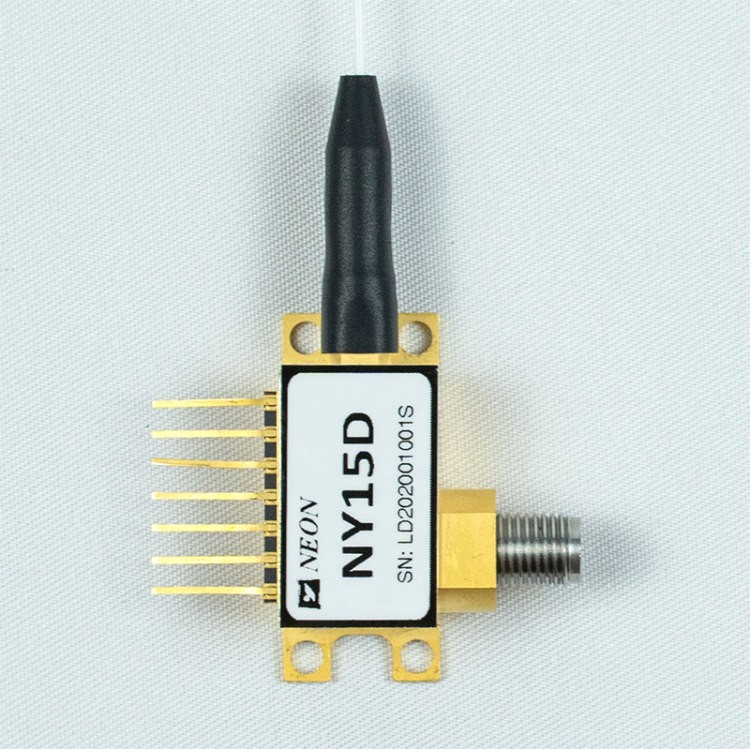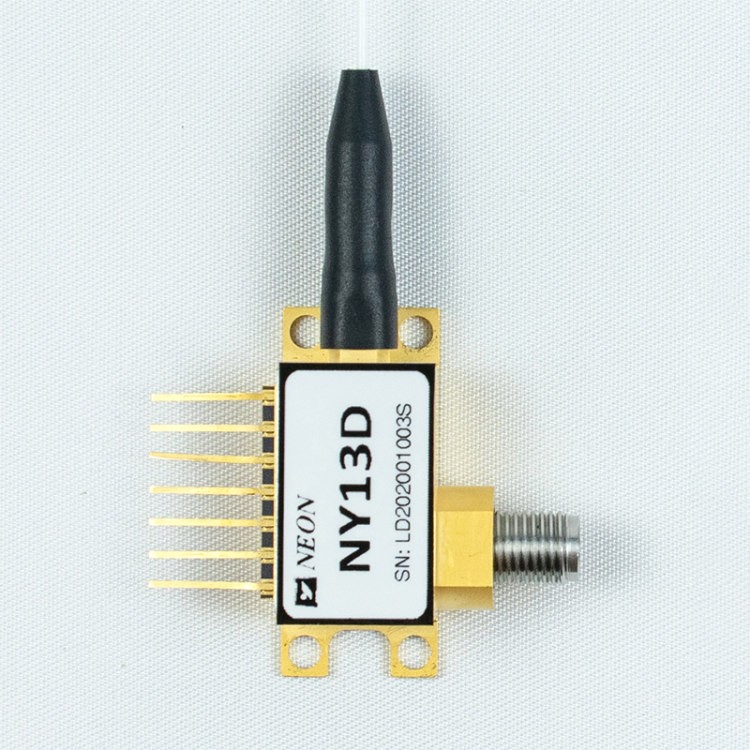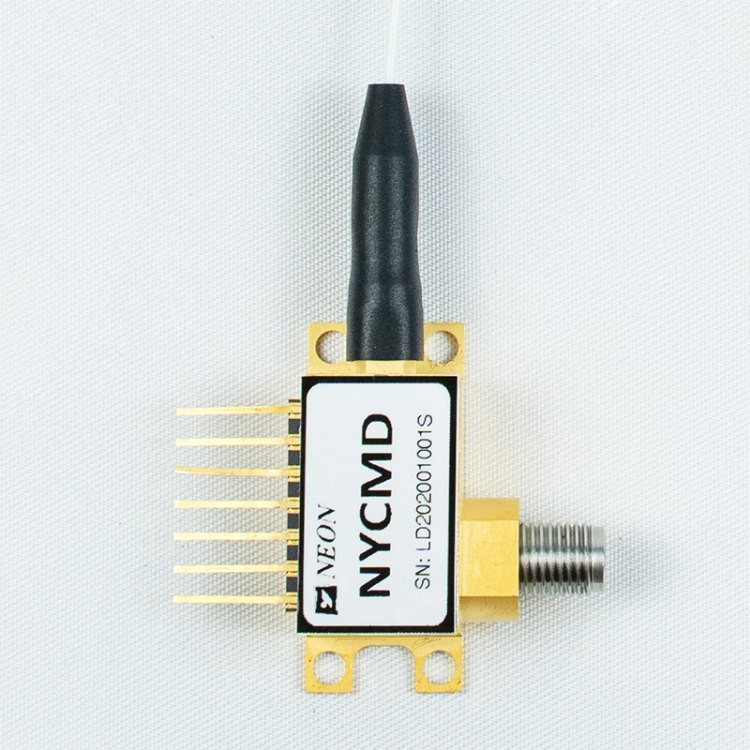Exploring Laser Diode Modules: DML vs. EML
Laser diode modules have become an integral part of various technological applications, from optical communications to laser pointers. In this article, we will delve into the world of laser diode modules, understanding the two primary types – Direct Modulation Laser (DML) and External Modulation Laser (EML). These diode modules are at the heart of many laser-based technologies, and understanding their differences and applications is crucial to harness their full potential.

What is a Laser Diode Module?
A laser diode module is a self-contained device that integrates a laser diode with various optical components. These modules are designed to produce coherent and focused laser beams. The key advantage of using a module is that it simplifies the integration of laser diodes into various systems, making them more accessible for a wide range of applications.
Types of Laser Diode Modules
There are two main types of laser diode modules: direct modulation lasers (DMLs) and external modulation lasers (EMLs). DMLs are simpler and less expensive to manufacture, but they offer lower modulation speeds and higher power consumption. EMLs are more expensive to manufacture, but they offer higher modulation speeds, lower power consumption, and better linearity.
Direct Modulation Laser (DML)
A direct modulation laser (DML) is a laser diode in which the optical output power is modulated directly by the electrical current flowing through the diode. DMLs are relatively simple and inexpensive to manufacture, and they are widely used in applications where high modulation speeds are not required.
DML Working principle
DMLs operate by converting electrical energy into optical energy. When an electrical current is applied to the diode, electrons flow across the p-n junction and recombine with holes. This recombination process generates photons, which are emitted from the diode as a laser beam.
The modulation index of a DML is the ratio of the change in optical output power to the change in electrical input power. The modulation index of a DML is determined by the diode’s characteristics and the operating conditions.
Advantages of DMLs:
- Simple and inexpensive to manufacture: DMLs are relatively simple to manufacture, which makes them less expensive than EMLs. This is because DMLs do not require an external modulator, such as an MZI.
- Widely used in a variety of applications: DMLs are widely used in a variety of applications, including optical fiber communication systems, laser printers, scanners, and laser pointers. This is because DMLs are simple, inexpensive, and capable of operating at a wide range of temperatures.
- Capable of operating at high temperatures: DMLs are capable of operating at high temperatures, which makes them ideal for use in harsh environments. This is because DMLs are made with materials that have high melting points.
Disadvantages of DMLs:
- Lower modulation speeds than EMLs: DMLs have lower modulation speeds than EMLs. This is because DMLs are modulated by directly varying the electrical current flowing through the diode. This can lead to slower modulation speeds, especially at high frequencies.
- Higher power consumption than EMLs: DMLs consume more power than EMLs. This is because DMLs are less efficient at converting electrical energy into optical energy.
- Worse linearity than EMLs: DMLs have worse linearity than EMLs. This means that the optical output power of a DML does not always vary linearly with the electrical current flowing through the diode. This can lead to distortion in the transmitted signal.
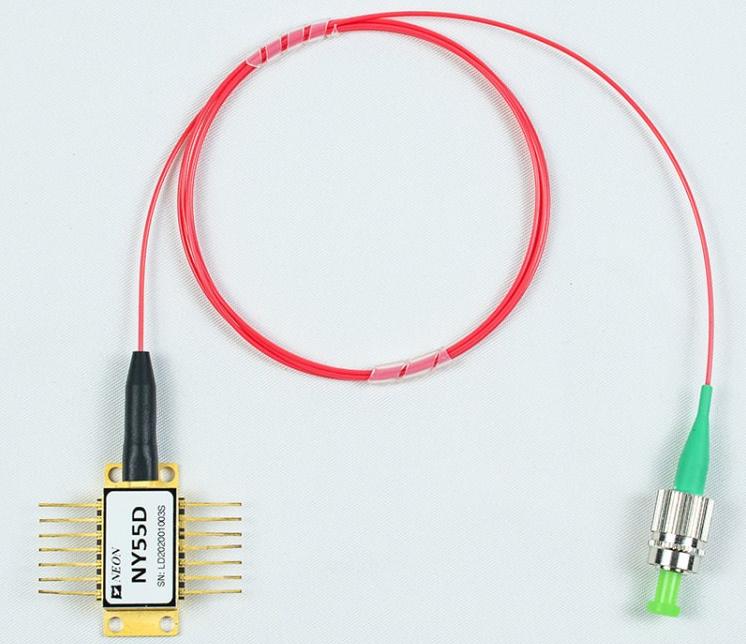
External Modulation Laser (EML)
An external modulation laser (EML) is a laser diode in which the optical output power is modulated by an external device, such as a Mach-Zehnder interferometer. EMLs are more expensive to manufacture than DMLs, but they offer several advantages, including higher modulation speeds, lower power consumption, and better linearity.
EML Working principle
EMLs operate by converting electrical energy into optical energy and then modulating the optical output power using an external device. The external device can be a Mach-Zehnder interferometer, an electro-optic modulator, or another type of optical modulator.
The modulation index of an EML is the ratio of the change in optical output power to the change in electrical input power. The modulation index of an EML is determined by the characteristics of the external modulator and the operating conditions.
Advantages of EMLs:
- Higher modulation speeds than DMLs: EMLs have higher modulation speeds than DMLs because they are modulated by an external device, such as an MZI. The MZI can be used to modulate the optical output power of the laser diode at very high frequencies. This makes EMLs ideal for applications such as long-haul optical communication systems and high-speed data transmission systems.
- Lower power consumption than DMLs: EMLs consume less power than DMLs because they are more efficient at converting electrical energy into optical energy. This is because the MZI in an EML acts as a filter, which removes unwanted noise from the optical signal. This allows the EML to operate at a lower power level while still maintaining a high signal-to-noise ratio (SNR).
- Better linearity than DMLs: EMLs have better linearity than DMLs because the optical output power of an EML varies linearly with the electrical current flowing through the diode. This is because the MZI in an EML acts as a linear amplifier, which means that it amplifies the optical signal without introducing any distortion. This makes EMLs ideal for applications where high signal fidelity is required.
Disadvantages of EMLs:
- More expensive to manufacture than DMLs: EMLs are more expensive to manufacture than DMLs because they require an external modulator, such as an MZI. The MZI is a complex optical device that is difficult and expensive to manufacture.
- More complex than DMLs: EMLs are more complex than DMLs because they require an external modulator, such as an MZI. The MZI must be carefully aligned and adjusted in order to achieve optimal performance. This can be a challenging and time-consuming process.
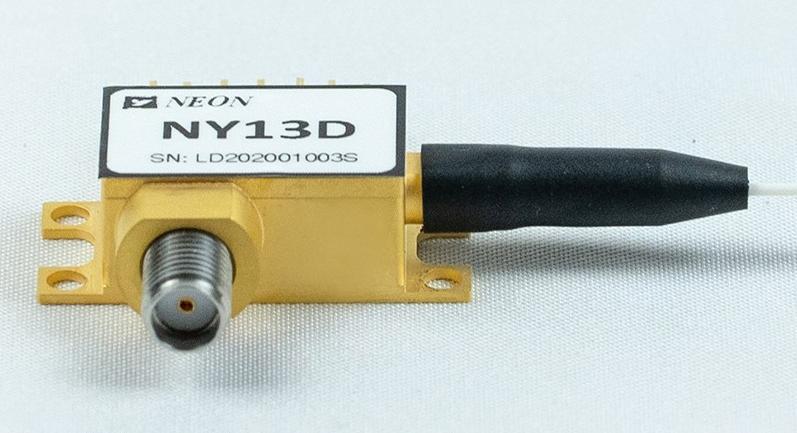
DML vs. EML
To better understand the differences between DML and EML, let’s compare them in a table:
| Parameter | DML | EML |
| Modulation Method | Direct modulation | External modulation |
| Modulation Depth | Limited | High |
| Frequency Chirping | Yes | Low |
| Speed of Modulation | High | Moderate to High |
| Application Suitability | Short-distance communication | Long-distance communication |
| Size | Compact | Bulkier |
| Cost | Cost-effective | Relatively expensive |
Applications of DMLs and EMLs
Direct modulation lasers (DMLs) are commonly used in a wide variety of applications, including:
- Optical fiber communication systems: DMLs are used in short-reach optical fiber communication systems, such as those used in local area networks (LANs) and metropolitan area networks (MANs). DMLs are also used in some long-haul optical fiber communication systems, but they are typically used in conjunction with optical amplifiers to boost the signal over long distances.
- Laser printers: DMLs are used in laser printers to generate the laser beam that is used to print images on paper.
- Scanners: DMLs are used in scanners to generate the laser beam that is used to scan documents and images.
- Laser pointers: DMLs are used in laser pointers to generate the visible laser beam that is used to point at objects.
- Industrial processing: DMLs are used in a variety of industrial processing applications, such as laser cutting, laser welding, and laser marking.
- Medical devices: DMLs are used in a variety of medical devices, such as laser surgery systems, laser dentistry systems, and laser dermatology systems.
External modulation lasers (EMLs) are commonly used in applications where high performance is required, such as:
- Long-haul optical fiber communication systems: EMLs are used in long-haul optical fiber communication systems to transmit data over long distances at high rates. EMLs are able to achieve high modulation speeds and transmit high-power optical signals, which is necessary to overcome the attenuation and dispersion that occurs in optical fibers over long distances.
- High-speed data transmission systems: EMLs are also used in high-speed data transmission systems, such as those used in data centers and high-performance computing (HPC) systems. EMLs are able to achieve high modulation speeds and transmit high-power optical signals, which is necessary to transmit data at high rates over short distances.
- Medical devices: EMLs are used in a variety of medical devices, such as laser surgery systems, laser dentistry systems, and laser dermatology systems. EMLs are able to achieve high modulation speeds and precision, which is necessary for these applications.
- Test and measurement equipment: EMLs are used in a variety of test and measurement equipment, such as optical spectrum analyzers and optical network analyzers. EMLs are able to generate highly stable and accurate optical signals, which is necessary for these applications.
- Aerospace and defense applications: EMLs are used in a variety of aerospace and defense applications, such as rangefinders, target designators, and laser weapons systems. EMLs are able to generate high-power optical signals with high beam quality, which is necessary for these applications.
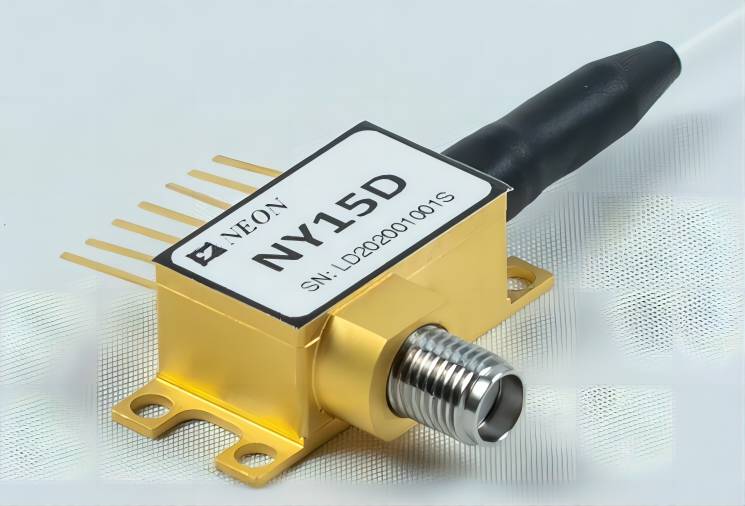
Conclusion
In conclusion, the choice between DML and EML depends on the specific requirements of your application. DMLs offer high-speed modulation and compact size, making them suitable for short-distance communication. In contrast, EMLs excel in long-distance communication, providing high modulation depth and low chirp, although they are relatively bulkier and more expensive.
Understanding the differences between DML and EML is crucial for selecting the right laser diode module for your needs. Whether you are working on a high-speed data transmission project or building a long-haul optical communication network, the choice between DML and EML can significantly impact the performance of your system. Choose wisely to harness the full potential of laser diode modules in your applications.


